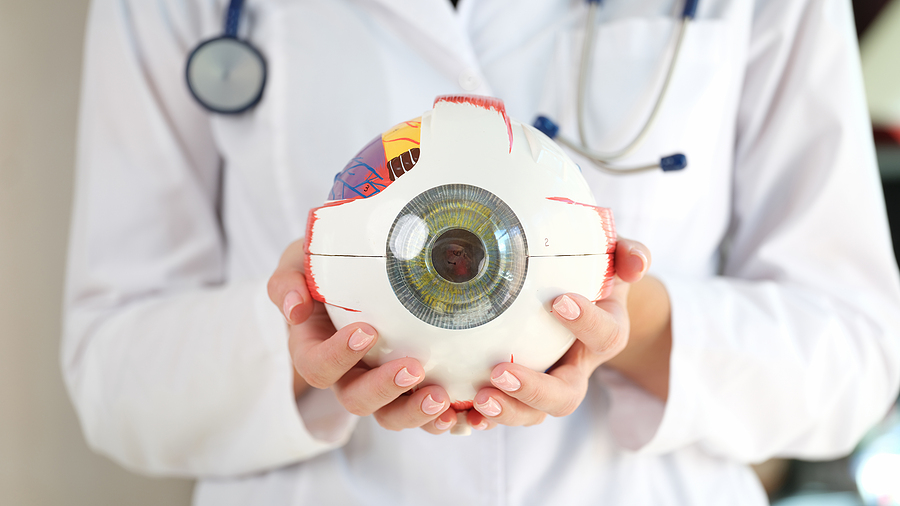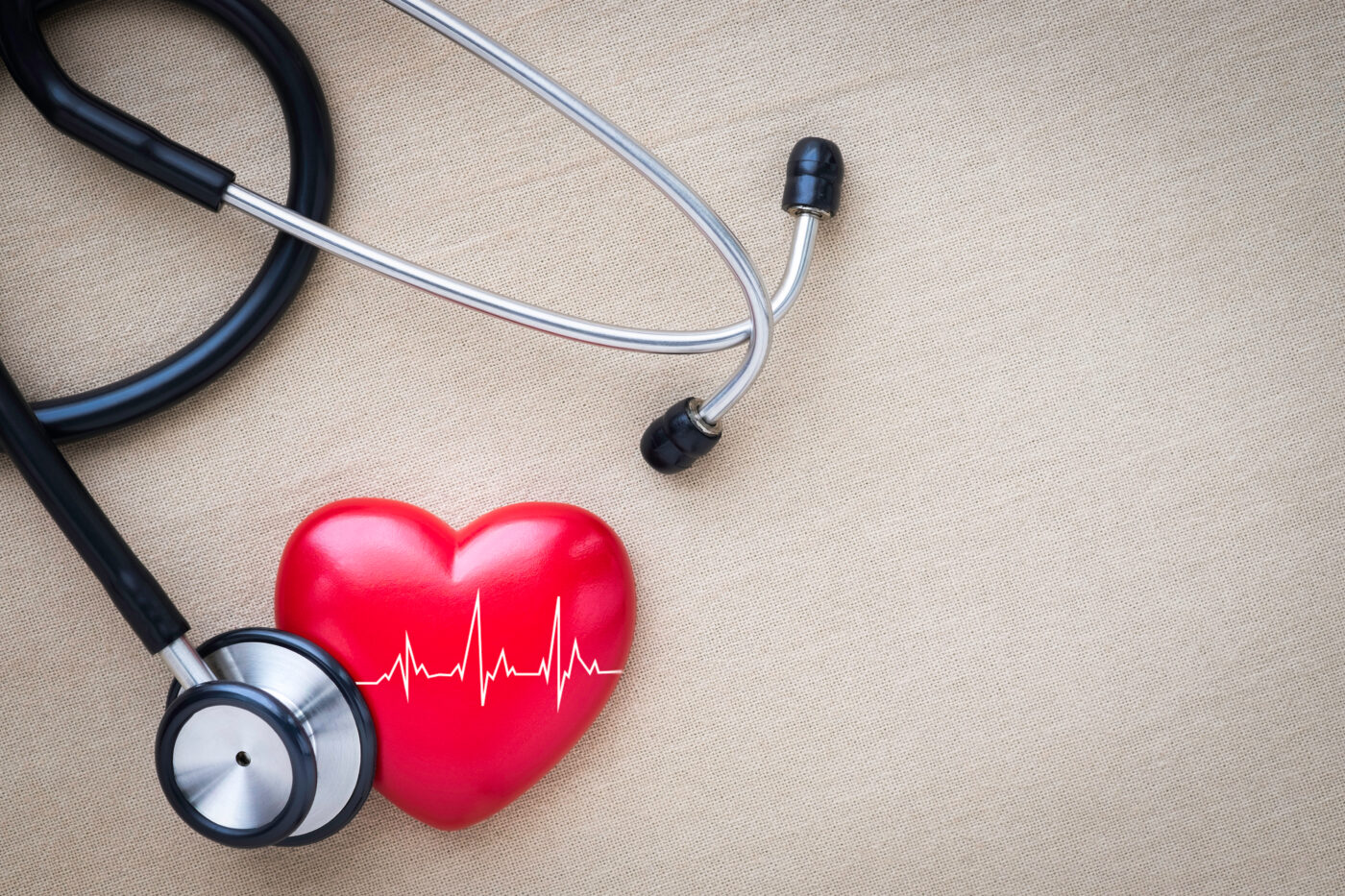Meet Lisa – she’s in her forties with straight black hair and a mischievous smile. Lisa is a natural teaser, so it can be hard to know when she’s being serious. But despite all her smiles, she has a lot of health problems.
Over ten years ago, Lisa was diagnosed with type 2 diabetes. Initially, her doctor prescribed medications, and she diligently followed the instructions, but her condition only worsened. Despite trying to control her blood sugar, it was rarely in the normal range. Within a few years, she was injecting insulin under her skin, but her doctor was forced to increase the dose to try to get her blood sugar down. Sadly, it seemed like no matter what she did, her blood sugar remained high. By the time Lisa was in her thirties, her feet were numb, and her kidneys were starting to fail. Now, she’s in a wheelchair with her right leg amputated, she’s on dialysis for kidney failure, and she’s totally blind.
As you may know, people with diabetes often notice vision changes with fluctuations in blood sugar. Still, I have also had many patients say that their prescription for glasses changed as their blood sugar came down. This is due to the amount of sugar in the blood causing water to shift in and out of the eyeball through osmosis. This is not dangerous, nor does it lead to blindness.
However, the number one cause of blindness in the Western world is diabetic retinopathy. Shockingly, in only ten years, from 2000 to 2010, the number of cases nearly doubled! Unfortunately, the number of cases of diabetic retinopathy is expected to reach 11 million by 2030, but this is completely preventable. We have the technology to prevent all new cases of diabetic retinopathy within a few years.
You see, the retina, the layer in the eye that’s sensitive to light, is also very sensitive to energy. These cells need a lot of energy in the form of glucose, but without a constant supply, the cells die, causing blindness. Glucose doesn’t automatically reach the eye; it must be brought in by glucose transport proteins called GLUT1. When the blood sugar is high all the time, GLUT1 gradually decreases. By the time a person has symptoms from diabetic retinopathy, there are no more glucose transport proteins. Essentially, the retina is STARVING in a sea of sugar because it can’t cross the blood-Retina barrier to get to where it needs to be. So, the cause of blindness is simple – none of the energy from sugar is getting to the retina.
When the blood sugar is high, it becomes more concentrated in the lining of the blood vessels, causing inflammation. It also makes a hormone called Vascular Endothelial Growth Factor (VEGF) that causes more blood vessels to form. When an ophthalmologist looks in the eye and sees more and more blood vessels, they call it “PROLIFERATIVE RETINOPATHY.” The new blood vessels also lack GLUT1 and cannot give the retina any glucose, so it doesn’t solve the problem. The damaged blood vessels become leaky causing swelling, or “MACULAR EDEMA” as well as leaking blood into the clear gel that fills the eye, called “vitreous humor.” This makes it cloudy and decreases vision.
Now, you might be wondering, what can we do to prevent blindness from type 2 diabetes? The answer is simple: keep the blood sugar as normal as possible. If the blood glucose is high all the time, the GLUT1 glucose transport proteins will be decreased.
-Dr. Scott Saunders M.D
-To find out more about how you can reverse your Type 2 Diabetes, go to https://diabetesreversed.com/



